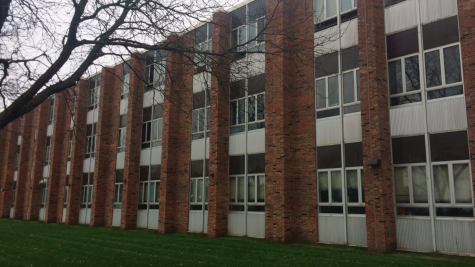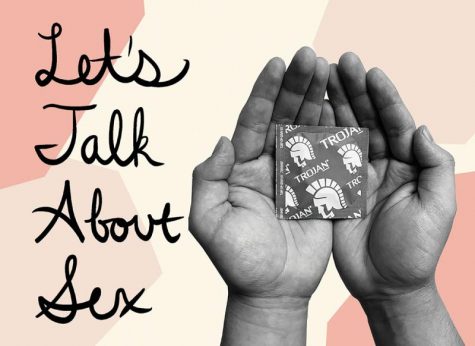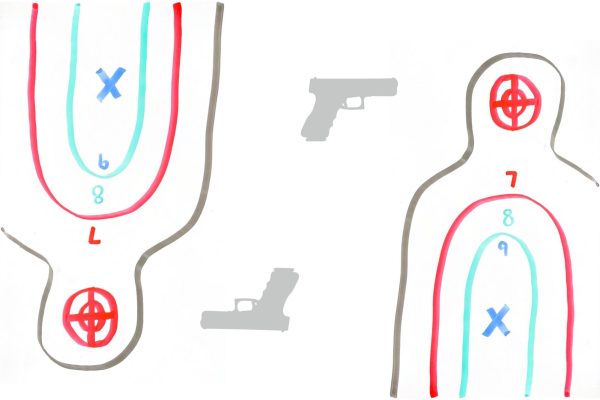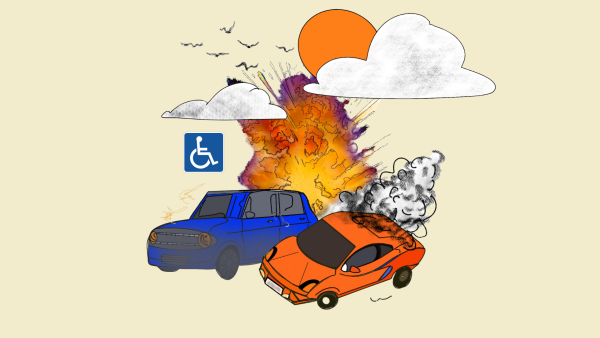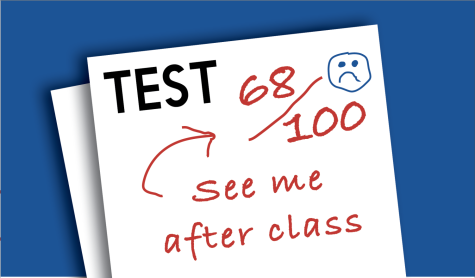Editorial: Transparency is key
The ICCSD should be more transparent with its sexual violence protocols.
Editorial Disclaimer: This is an editorial. While based on facts, its purpose is to share conclusions and opinions derived by the WSS Editorial Board.
Although sexual violence can happen to anyone at any age, 15% of sexual assault victims are between the ages of 12-17. Based on this statistic, it is highly likely that students in the ICCSD are faced with sexual violence. To support these victims, ICCSD should clearly outline its procedures for students who are considering reporting a case of sexual violence.
When a student reports a case of sexual violence, clarity cannot always be provided about the specific consequences perpetrators will face due to the Family Educational Records Privacy Act. Still, it is important that victims have information regarding what the investigation process will look like. Victims will likely become more comfortable reporting the perpetrator if they know what will happen after the statement.
Transparency is essential because there are a lot of nuances and distinct levels of authority who handle the cases in different ways. All district staff are mandatory reporters, which means they are legally required to report any signs of abuse or neglect to administration immediately. Students should know that if they confide in a teacher, their case will be shared with an administrator. Once administration has been notified, if wanted, they can help the student’s case get into the hands of local law enforcement to take action and potentially press charges. Administration will respect a victim’s choice if they prefer not to tell their parents; however, legal action requires parental permission. These details can be confusing, but it’s necessary for students to understand the procedure that will be taken depending on what level of staff member they report to.
There is nothing specific about sexual violence reporting procedures or resources on the ICCSD website. There is only a phone number to report general bullying and harassment with no information on the procedure after the number has been contacted. The district should provide an easily accessible page on its website explaining the course of action that schools will take upon receiving a report of sexual violence. No student should have to look beyond the website to find out how their school can help them.
Even after a clear procedure is made available on the website, the district can push for increased sexual violence awareness in classrooms through the use of Social-Emotional Learning lessons. This can be done through videos specific to sexual violence procedures and by bringing in experts to talk to students. One potential source of these experts could be the University of Iowa Rape Victim Advocacy Program, which is dedicated to providing free and confidential support for those affected by sexual violence. RVAP provides counseling, therapy, support groups, legal guidance and advocacy.
Sexual violence negatively impacts students both in and out of the classroom. Teenagers who experience sexual violence can suffer from PTSD, substance abuse, depression and anxiety. Students should not have to struggle to find help when they are already experiencing trauma. The number of sexual assault cases is underreported because survivors may feel ashamed or afraid to tell adults. It is crucial for the district to make the sexual violence reporting process more approachable for students by providing them with a clear picture of what happens after a report is made. Students deserve transparency.
Your donation will support the student journalists of West High School. Your contribution will allow us to purchase Scholarship Yearbooks, newsroom equipment and cover our annual website hosting costs.


